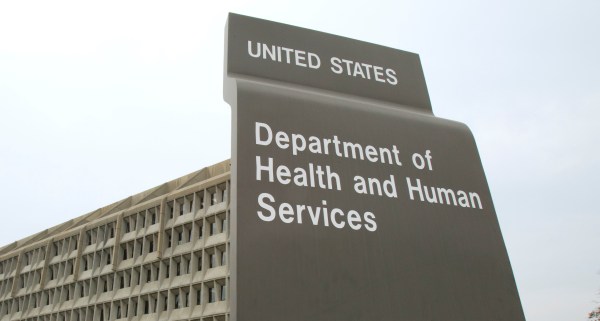Info-sharing spreads work from terror to crime
The Information Sharing Environment — the nationwide counter-terrorism system set up in the wake of the Sept. 11, 2001, terror attacks — has made “a lot of progress” integrating America’s multitudinous police and public safety agencies into a national enterprise, says the ISE’s chief.
The benefits of the information-sharing apparatus have been seen in investigations into “human trafficking, drug trafficking … those areas at the nexus of national security and public safety,” ISE Program Manager Kshemendra Paul told FedScoop.
He spoke to FedScoop as his office’s annual report to Congress was circulating on Capitol Hill, highlighting the ISE’s success in several of its key “lines of effort,” including the development of common standards for incident reporting and record-keeping that allow the nation’s nearly 18,000 police agencies to submit reports to regional fusion centers or other multi-agency organizations in a uniform format.
“Law enforcement in the U.S. is a very fragmented enterprise,” Paul noted, “And that’s a feature not a bug. It was designed that way.”
Those national standards and the universal reporting formats they fuel — most famously the Suspicious Activity Report — are “mission agnostic,” Paul points out. As useful in hunting down pimps or drug-traffickers as they are for catching terrorists. “There is a lot of overlap with criminal intelligence,” he said.
Indeed, many of the purposes for which the standards are being used are aimed at what Paul calls “aligning field-based [criminal] intelligence efforts” — de-conflicting intelligence-led operations like undercover probes or serving high-risk warrants with other police agencies.
And that’s led some critics to see mission creep at the ISE.
After all, when Congress and the George W. Bush administration set up the ISE in 2005, they were responding to a terrible truth that had dawned on 9/11 investigators as they sifted through both the rubble and the digital trail the 19 hijackers had left: Many of the suicide attackers had fractious interactions with local police; some had aroused suspicion as they entered the country, or afterwards. Famously, a would-be 20th hijacker was detained after telling an aviation school he wanted to learn how to fly a plane, but not how to take off or land.
These “dots” of information, it was said, had never been joined. ISE was supposed to fix that problem for counter-terrorism.
But doing so, Paul said, necessitated providing a service to the agencies collecting those dots – the nearly 18,000 state and local police and public safety agencies on the front lines of law enforcement around the country.
Those frontline agencies, he said, had “neither the money nor the interest” to participate in a solely counter-terrorist program, and ISE has no power to compel them. “We have moral authority … that’s it,” he said. ISE has to offer something that’s useful to them.
He said the common standards ISE promoted let law enforcement agencies participate in information sharing to the degree they felt comfortable with it. “None of this is mandatory for any of our state and local partners,” he said.
Indeed, Paul says ISE has created a new model for governmentwide initiatives. “We’ve taken a non-traditional approach” to promoting the goal of information-sharing, working with nonprofits and membership associations, like the International Association of Chiefs of Police, to shape standards that will be useful to, and usable by, their members.
“It’s not managing, it’s collaborating,” he said, adding later that it is “coordinating, not mandating.”




